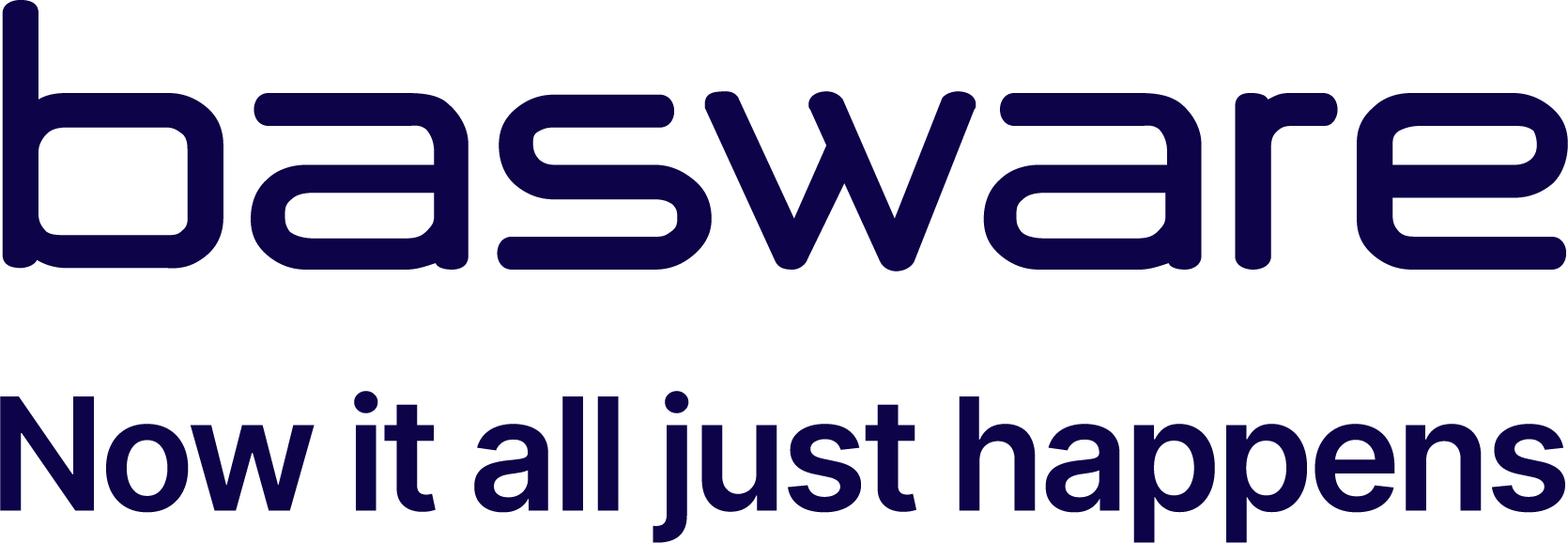There is a growing consensus that in the near future, individuals and organizations will increasingly use digital currencies to exchange value directly, saving time and money by bypassing conventional financial systems. Stablecoins and central bank digital currencies (CBDCs) harness many of the benefits of cryptocurrency while mitigating much of the volatility associated with the medium, making them look particularly well-placed to lead disruption in the digital currency space. But what does this important change towards digital currencies mean for the future of tax and how should tax teams prepare? To fully understand the potential impact of digital currencies on tax, however, it is necessary to understand the difference between CBDCs and stablecoins and how their underlying technology and purpose vary from non-pegged cryptocurrencies.
Source EY
Latest Posts in "World"
- VATupdate Newsletter Week 42 2025
- Global eInvoicing: Trends, Models, Interoperability, and Innovation Shaping the Digital Future
- Webinar Fiscal Solutions: Turn Fiscalization Into a Competitive Advantage (Oct 30)
- Basware on YouTube – Compliance without the boring bits – Episode 5 (December 9)
- “How do I know if my Peppol e-invoice has arrived?” – A practical guide for entrepreneurs














